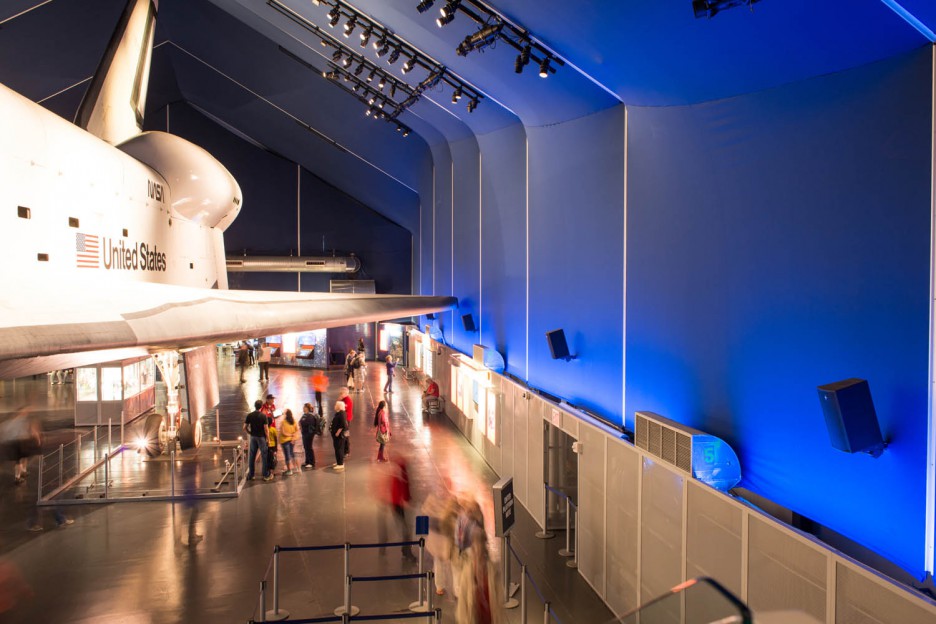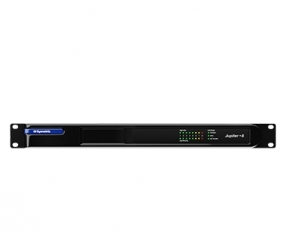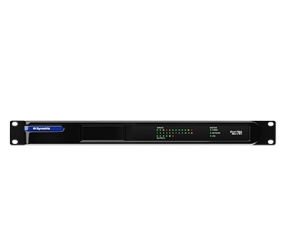Space Shuttle Enterprise was the first reusable spacecraft ever built in the United States. After the retirement of the space shuttle program, NASA awarded Space Shuttle Enterprise to Manhattan’s Intrepid Sea, Air & Space Museum. Leo Garrison, senior integration specialist at Metro Sound Pros, designed and installed a flexible sound reinforcement system for the museum’s purpose-built Space Shuttle Pavilion using the cost-effective Symetrix Jupiter 8 DSP with smartphone-based control provided by Symetrix ARC-WEB. Unfortunately, Hurricane Sandy badly damaged the pavilion a few short months after it had opened to the public, but the Intrepid Museum rebuilt the exhibit with several improvements, including a second Symetrix Jupiter 8 DSP for expanded functionality.

Garrison used the Symetrix Jupiter 8 hardware, which has eight inputs and eight outputs, together with the Priority Zone Mixer #1 App, which automatically configured the Jupiter hardware for routing and processing needs of such a system. “The Symetrix Jupiter DSP delivered a lot of processing power at an affordable price,” said Garrison. “The budget was very tight, and the client selected powered loudspeakers that required a lot of the Jupiter’s processing capabilities in order to sound properly tuned.” The museum’s AVP of technology opted to rely on Symetrix’ robust ARC-WEB Internet-based control, with one Symetrix ARC-2e wall panel remote for backup. Garrison custom designed the ARC-WEB interface just as he would a hardware ARC interface and gave the museum the ability to select different input sources in the Pavilion’s entryway and in the Pavilion itself.
The original Symetrix Jupiter 8 hardware survived Hurricane Sandy, which collapsed the inflatable dome due to loss of power. Because the museum had to start over again, they had the opportunity – unwelcomed as it was – to redesign the exhibit with knowledge of what worked and what could have worked better,” said Garrison. The second Symetrix Jupiter 8 was added to the system and also uses the Priority Zone Mixer #1 App. One analog output was dedicated to feed into the first unit’s priority input 1. That allows single source material from the second Jupiter to feed the entire exhibit, when desired. Together, the two units possess sixteen outputs, with roughly half feeding audio induction loops for assisting the hearing impaired. For day-to-day use, different zones loop zone-specific audio, such as recordings of radio transmissions between NASA ground control and Enterprise during test flights or educational movie content.




